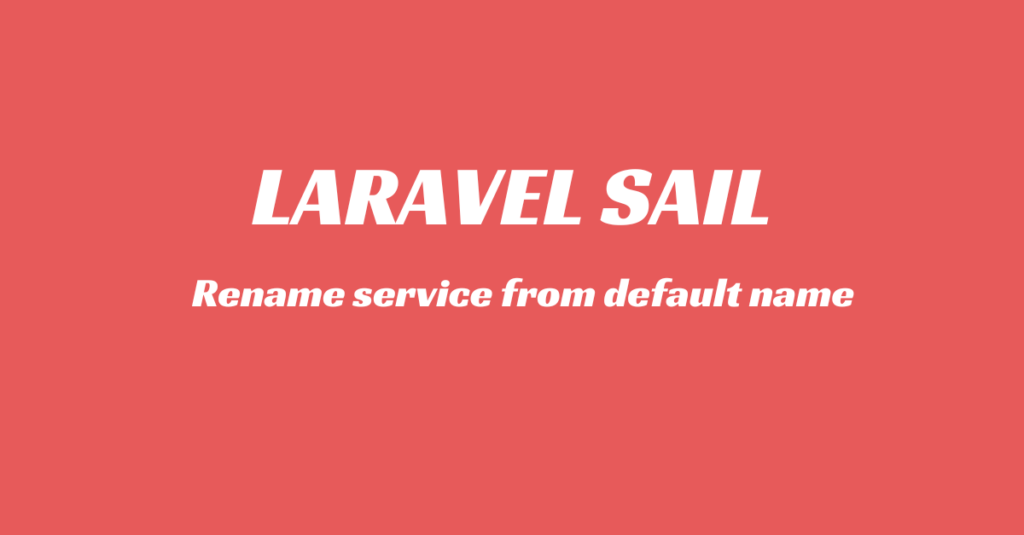Markdown Mailables
Markdown provides pre-built templates in Laravel, saving time by eliminating the need to create email layouts from scratch. With view(), you must manually design the Blade template, whereas markdown() offers built-in, well-formatted components.
In simple terms:
– Use view() when you need a fully customized email layout.
– Use markdown() for quick, responsive, and pre-styled email templates.
Difference Between view() and markdown() in Laravel Emails
1. view() – Using a Blade Template
- You need to handle the styling and formatting yourself.
- The
view()method loads a Blade template. - Use for fully customized email layout.
Example: Using view()
public function build()
{
return $this->from('your_email@gmail.com')
->subject(sprintf('Project Released - %s', $this->projectName))
->view('emails.project-released')
->with([
'userName' => $this->userName,
'projectName' => $this->projectName,
'projectLink' => $this->projectLink
]);
}
Blade Template (resources/views/emails/project-released.blade.php)
<!DOCTYPE html>
<html>
<head>
<title>Project Released</title>
</head>
<body>
<h1>Hello, {{ $userName }}</h1>
<p>User project "<strong>{{ $projectName }}</strong>" has been released.</p>
<p>You can check it here: <a href="{{ $projectLink }}">{{ $projectLink }}</a></p>
</body>
</html>
2. markdown() – Using Laravel Markdown Templates
- The
markdown()method uses Laravel’s built-in email templates. - Easier to write & maintain
- Limited, but structured
- For quick, responsive, and pre-styled email templates.
Example: Using markdown()
public function build()
{
return $this->from('your_email@gmail.com')
->subject(sprintf('Project Released - %s', $this->projectName))
->markdown('emails.project-released')
->with([
'userName' => $this->userName,
'projectName' => $this->projectName,
'projectLink' => $this->projectLink
]);
}
Markdown Template (resources/views/emails/project-released.blade.php)
@component('mail::message')
Hello, {{$userName}}
User project "{{ $projectName }}" has been released.
You can check it here:[link]({{$projectLink}})
@endcomponent
Best regards,
{{ config('app.name') }}
@endcomponent
Quick and well-styled emails without writing custom HTML.
@component('mail::message') and @component('mail::button') These are predefined components in Laravel. You can use the predefined component button for the link. In my example above, I added the link to the email body using [link]({{$projectLink}}).
What Do They Do?
✅ @component('mail::message')
– It wraps your email content and automatically applies a nice design.
– Laravel adds styles like padding, fonts, and background color.
✅ @component('mail::button', ['url' => 'your-link'])
– It creates a button with a link inside the email.
– The button is styled automatically (blue with white text by default).
How its workes
Styles the email body (mail::message)
Creates a button (mail::button)
Best Practice:
- If you’re building a simple email with links and buttons, use
markdown(). - If you need a fully customized design, use
view().


